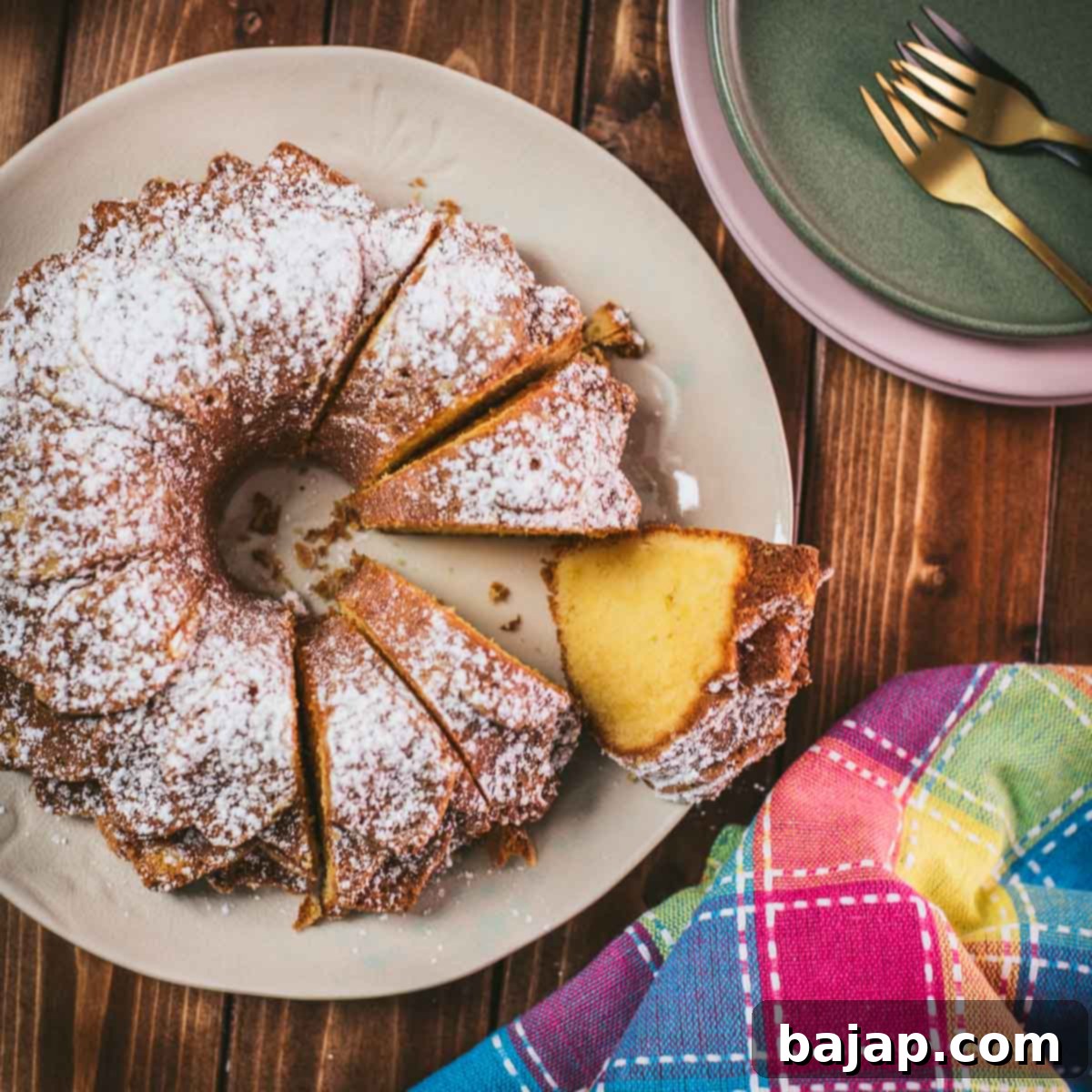Transform Leftover Egg Yolks: Delicious Bundt Cake & Creative Recipes
Unlock the magic of leftover egg yolks and turn them into extraordinary treats!
The joy of baking often leaves us with a familiar challenge: a collection of leftover egg yolks. Whether you’ve been whipping up meringue pies, pavlovas, or light-as-air financiers, those golden treasures are far too valuable to simply discard. Instead, they hold the secret to an array of incredibly rich, moist, and flavorful dishes that elevate your baking to a whole new level. Don’t just save them – celebrate them! From a decadent bundt cake to delightful cookies and even a homemade liqueur, these versatile yolks are poised to become the star of your next culinary adventure.
Ready to discover what magical creations you can conjure with those precious leftover egg yolks?
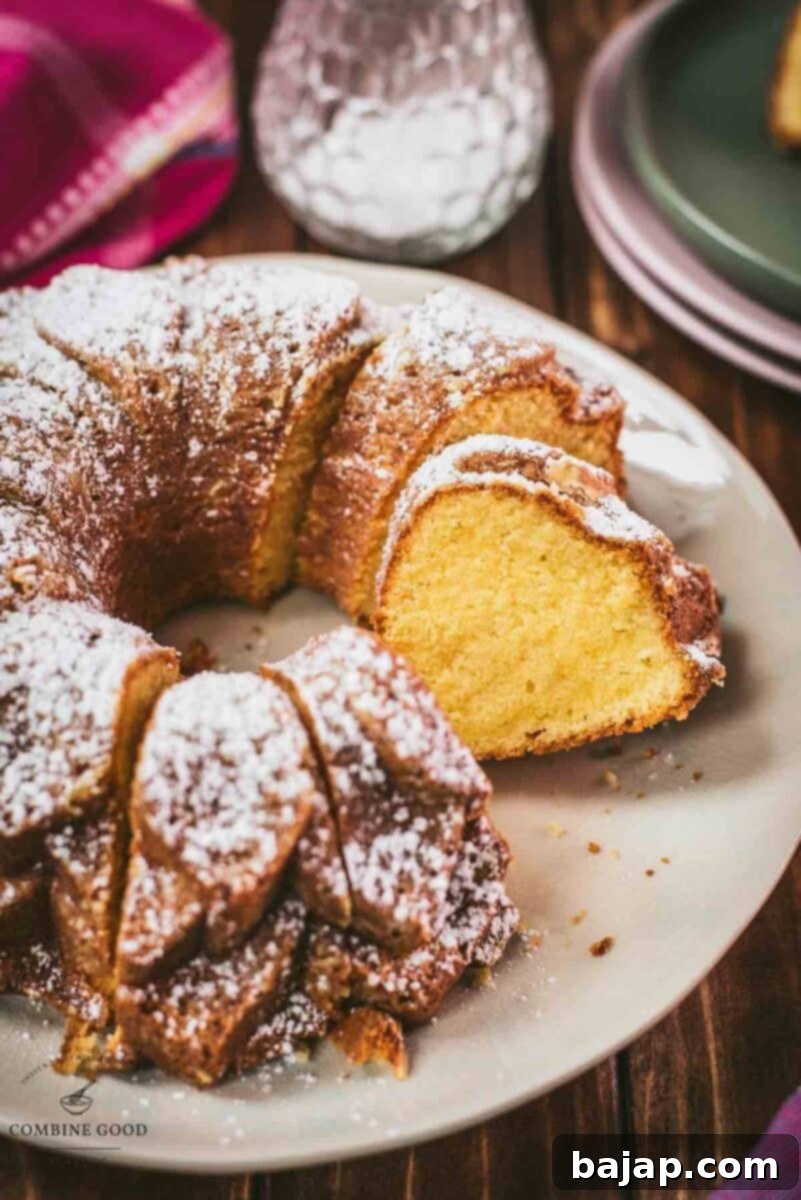
Imagine a buttery, incredibly tender egg yolk bundt cake that practically melts in your mouth with every bite. This isn’t just a cake; it’s a testament to sustainable and resourceful baking, transforming humble leftovers into a truly elegant treat. Its dense, moist crumb, infused with rich vanilla, makes it the perfect companion for a steaming cup of coffee or a comforting mug of tea. A simple dusting of powdered sugar adds a touch of sophistication, or for an extra layer of sweetness and visual appeal, a homemade vanilla glaze can turn this bundt cake into a showstopper. It’s a fantastic way to utilize six or more egg yolks, resulting in a dessert that tastes anything but “leftover.”
Perhaps you’re craving something a little different, a bit more adventurous, or simply have fewer egg yolks on hand?
Egg yolks are surprisingly versatile and can be the secret ingredient in a myriad of other delightful recipes. For instance, you can use them to bake exquisite walnut cookies, where the yolks contribute to a wonderfully crisp yet tender texture, especially when paired with a hint of rum for added depth. Or, try a batch of sweet jam-filled cookies, their delicate richness perfectly complemented by a vibrant fruit filling and an optional chocolate drizzle. These are perfect for gifting or enjoying as a family treat.
And for those seeking the ultimate indulgence or a unique homemade gift, just four leftover egg yolks can be your golden ticket to crafting a luxurious homemade advocaat (or traditional egg liqueur). This creamy, custardy liqueur is delightful sipped slowly by a crackling fire or presented in a beautifully bottled gift to friends and loved ones during the holiday season or any special occasion. Its smooth, rich flavor is a true culinary delight, making excellent use of your egg yolks in an unexpected way.
But the versatility doesn’t stop there! Egg yolks are also foundational to classic dishes like creamy custards, homemade pasta dough, velvety ice cream bases, hollandaise sauce, and even lemon curd. Their emulsifying properties and rich flavor enhance everything they touch. By incorporating them into your cooking and baking, you not only reduce food waste but also elevate the taste and texture of your creations, adding that special touch of homemade goodness.
Each of these recipes allows you to make the most of what you already have, transforming potential waste into something truly magical and delicious. Let’s dive into these irresistible ideas and give those leftover egg yolks the spotlight they so richly deserve, ensuring no golden gem goes to waste!
🥘 Ingredients for the Egg Yolk Bundt Cake
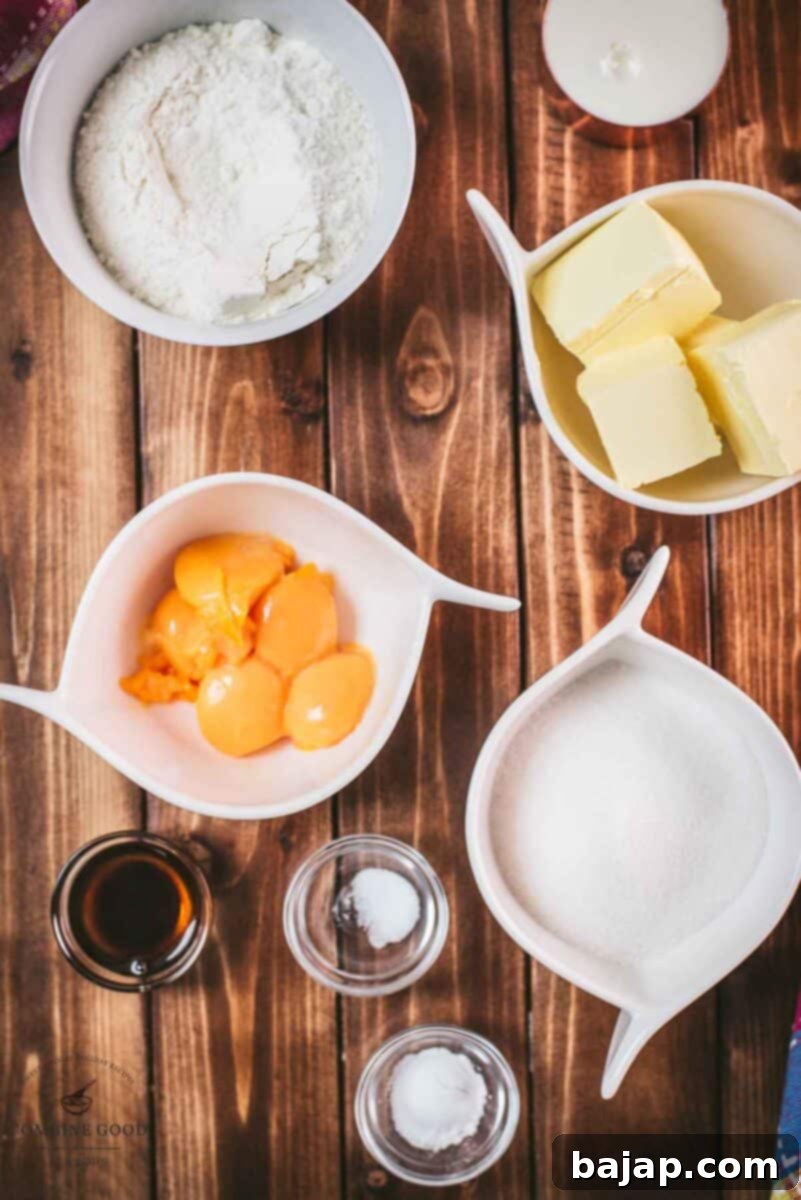
Creating this magnificent egg yolk bundt cake requires a few simple yet essential ingredients that, when combined, yield an incredibly tender and flavorful result. Here’s what you’ll need:
- Egg yolks: The star of our show! These provide the characteristic richness, golden hue, and dense moisture that make this cake so special. Perfect for using up leftovers from recipes like Granny’s Coconut Kisses.
- Unsalted butter: Contributes to the cake’s luxurious texture and rich flavor. Ensure it’s softened to room temperature for optimal creaming with sugar.
- Granulated sugar: Sweetens the cake and helps create that light and fluffy texture when creamed with butter.
- Vanilla extract: A crucial flavoring agent that enhances the overall sweetness and adds a warm, aromatic depth to the cake. Use good quality vanilla for the best results.
- All-Purpose Flour (AP-Flour): Provides the structure for the cake. Sifting it helps ensure a lighter texture.
- Baking powder: The primary leavening agent, giving the bundt cake its beautiful rise and tender crumb.
- Salt: A pinch of salt balances the sweetness and brings out the flavors of all the other ingredients.
- Milk: Adds moisture to the batter, contributing to the cake’s moist and tender consistency. Whole milk works best for richness.
- Optional: powdered sugar for dusting or a simple glaze: For a decorative finish and an extra touch of sweetness. These simple additions can elevate the cake’s presentation.
For precise measurements and the full recipe, please refer to the comprehensive recipe card below.
🔪 Step-by-Step Instructions for the Egg Yolk Bundt Cake
Follow these straightforward steps to create a beautiful and delicious egg yolk bundt cake that will impress everyone. Precision and care will ensure a perfect result!
Step 1: Prepare Your Oven and Pan
Begin by preheating your oven to a consistent 350°F (175°C). This ensures the oven is at the correct temperature when the cake goes in, promoting even baking. Properly prepare your bundt pan by generously greasing it with butter or baking spray, then lightly flouring it. This crucial step prevents the cake from sticking and helps achieve that perfect bundt shape. If you’re opting to make cake bars instead, simply line a baking pan with parchment paper.
Step 2: Cream Butter and Sugar
In a spacious mixing bowl, combine the softened unsalted butter and granulated sugar. Using either a hand mixer or a stand mixer with the paddle attachment, cream these two ingredients together until the mixture becomes wonderfully light, fluffy, and pale in color. This process usually takes about 2-3 minutes, creating an airy base for your cake.
Step 3: Incorporate Egg Yolks and Vanilla
Now, it’s time to add the star ingredients: the egg yolks. Beat them in one at a time, ensuring that each yolk is fully incorporated into the butter-sugar mixture before adding the next. This gradual addition helps maintain the emulsion and creates a smooth, consistent batter. Once all yolks are blended, mix in the vanilla extract until the batter is fragrant and smooth. The vanilla beautifully complements the richness of the egg yolks.
Step 4: Combine Dry Ingredients
In a separate, medium-sized bowl, whisk together the all-purpose flour, baking powder, and salt. Make sure these dry ingredients are thoroughly combined to ensure the leavening agent and salt are evenly distributed throughout the cake batter.
Step 5: Mix Wet and Dry Ingredients
Gradually add the dry ingredients to the wet butter mixture, alternating with the milk. It’s best to begin and end with a portion of the dry ingredients. Mix gently on low speed, just until everything is combined and no streaks of flour remain. Be careful not to overmix, as this can lead to a tough cake.
Step 6: Bake the Cake
Carefully pour the prepared batter into your greased and floured bundt pan. Use a spatula to gently smooth the top of the batter, ensuring it’s evenly distributed in the pan. Place the pan in your preheated oven and bake for 40-45 minutes. The cake is ready when a wooden skewer or toothpick inserted into the center comes out clean, indicating it’s fully cooked through.
Step 7: Cool and Finish
Once baked, remove the cake from the oven and let it cool in the bundt pan for about 10 minutes. This allows the cake to firm up slightly before being unmolded. After 10 minutes, carefully invert the pan onto a wire rack and allow the cake to cool completely. Once cooled, you can dust it with a generous amount of powdered sugar or drizzle it with the simple vanilla glaze (recipe below) for a beautiful, elegant finish before serving.
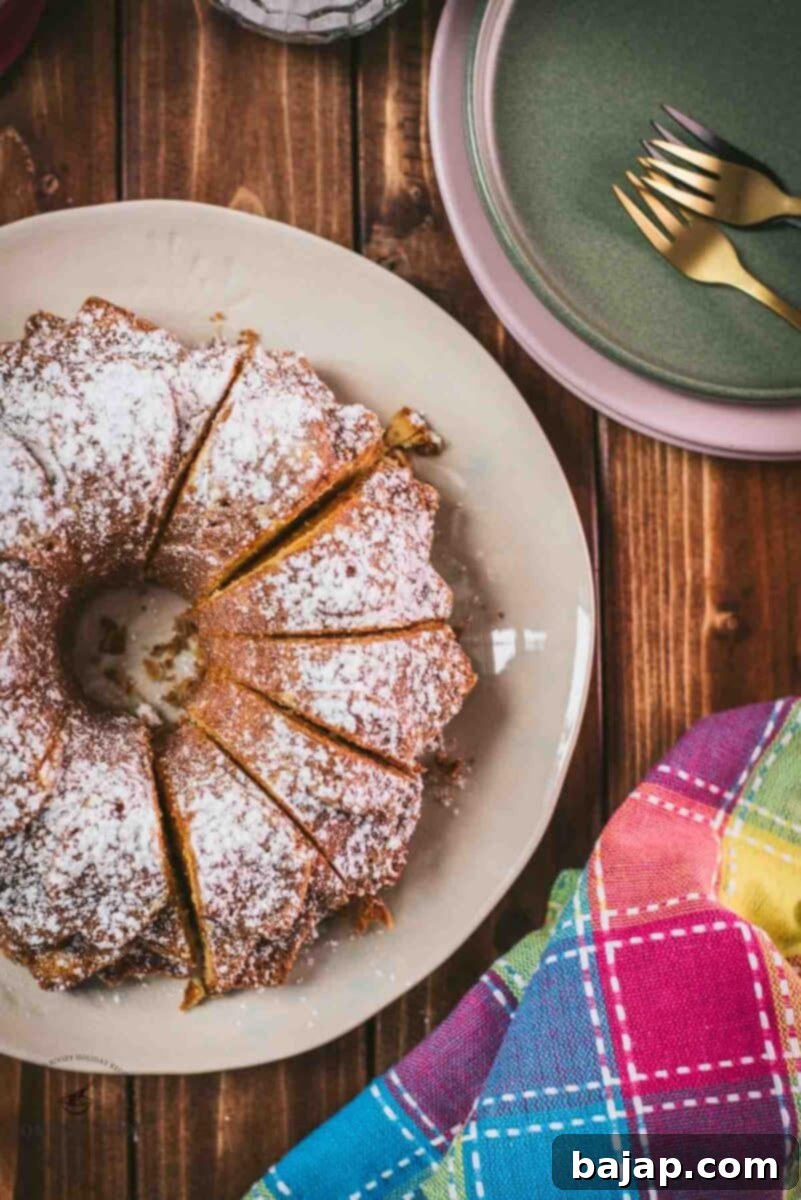
Simple Vanilla Glaze (Optional but Recommended)
A light and sweet vanilla glaze can elevate your bundt cake, adding both flavor and a beautiful sheen. To prepare it, simply mix 1 cup (120 g) of powdered sugar with 1 to 2 tablespoons of milk and a generous splash of vanilla extract. Whisk these ingredients together until the mixture is completely smooth and reaches your desired drizzling consistency. If it’s too thick, add a few more drops of milk; if too thin, add a little more powdered sugar. Drizzle this delightful glaze evenly over the cooled cake just before serving for an extra touch of sweetness and a professional finish!
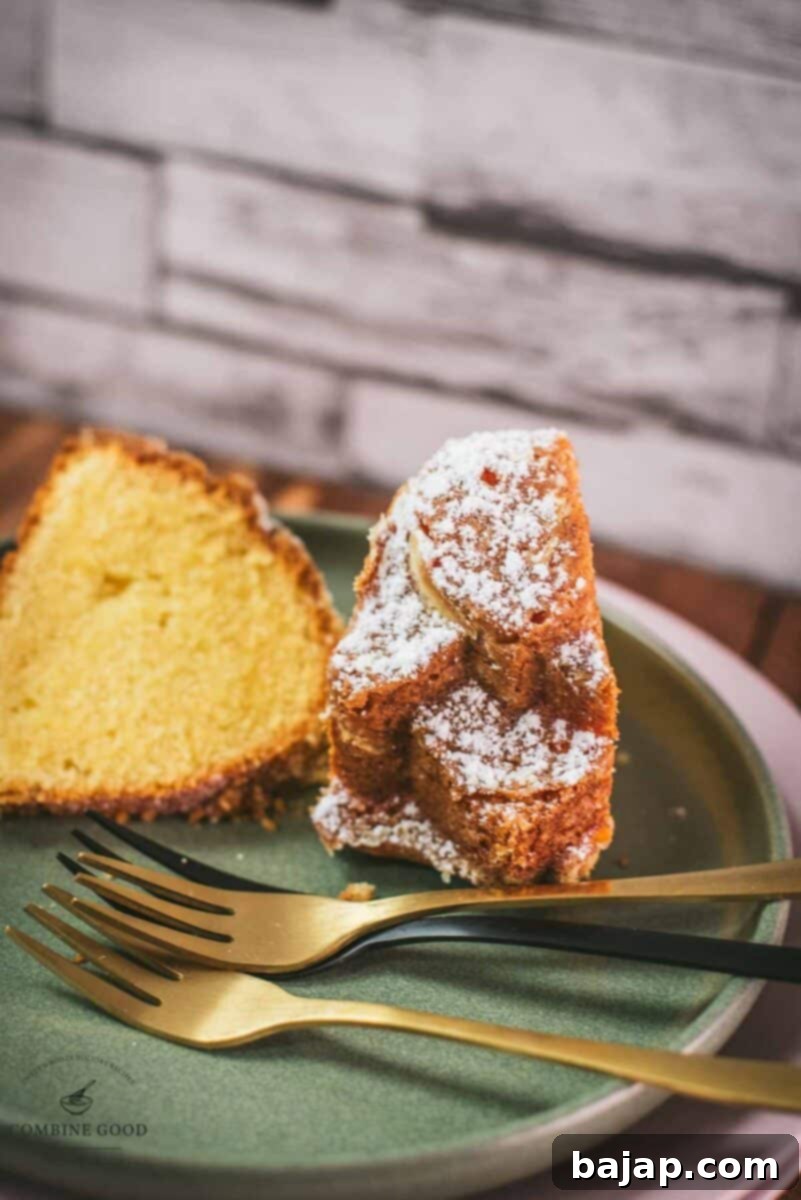
🍽 Essential Equipment for Baking Your Bundt Cake
Having the right tools can make all the difference in your baking experience. Here’s the key equipment you’ll need to create this fantastic egg yolk bundt cake efficiently and effectively:
- Bundt cake pan: Essential for achieving the cake’s distinctive shape and elegant presentation.
- Hand or stand mixer with paddle attachment: This will make quick work of creaming butter and sugar, as well as thoroughly mixing your batter. A paddle attachment is ideal for cake batters.
- Mixing bowls: You’ll need at least two – one for wet ingredients and one for dry ingredients – to ensure proper preparation and mixing.
- Cooling rack: Crucial for allowing your cake to cool evenly and prevent it from becoming soggy on the bottom after baking.
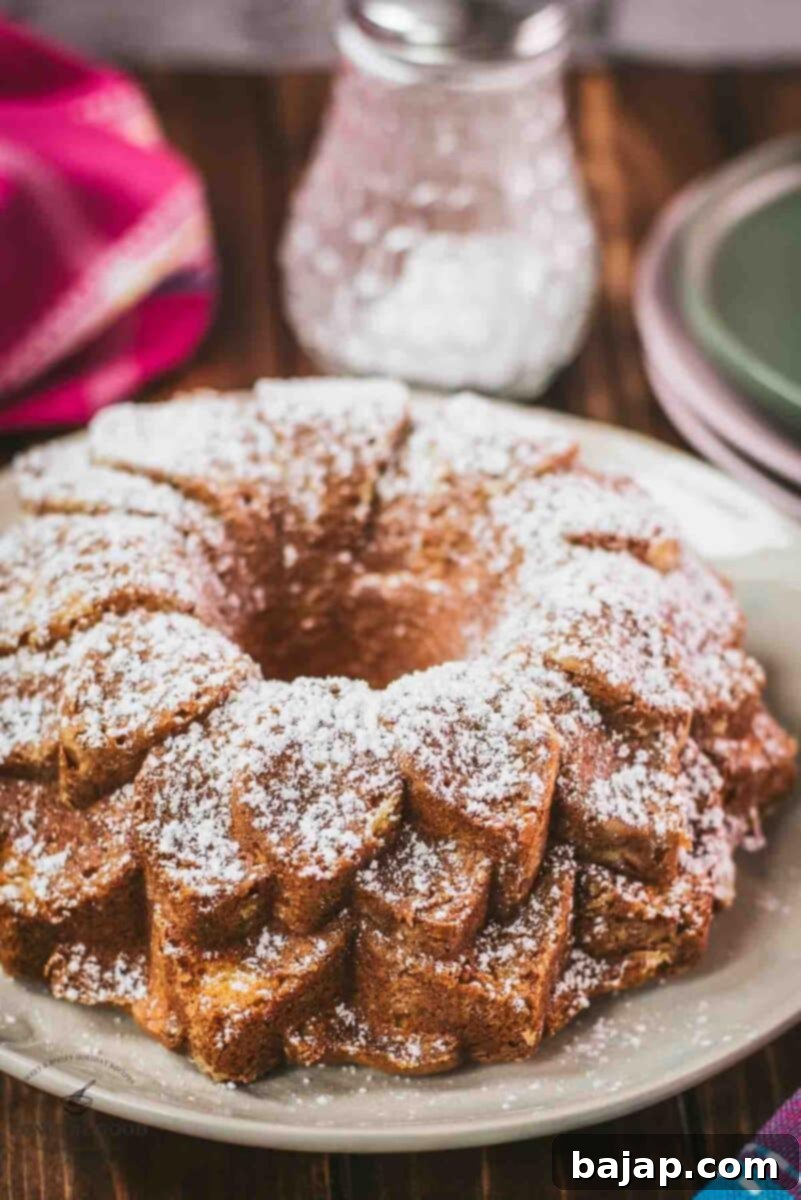
More Irresistible Egg Yolk Recipes for You to Try
Beyond the delicious bundt cake, egg yolks can be transformed into a variety of other delectable desserts and sauces. Here are more inspired ideas to ensure no egg yolk ever goes to waste in your kitchen:
- Egg Yolk Cookies with Jam: These delicate cookies have a rich, melt-in-your-mouth texture thanks to the egg yolks, beautifully complemented by a sweet jam filling.
- Egg Yolk M&M Bars (coming soon): Get ready for a colorful and chewy treat that perfectly utilizes leftover egg yolks in a fun, family-friendly bar cookie format.
- Rich Walnut Cookies: The egg yolks in these cookies create an incredibly tender and moist crumb, making them a fantastic pairing for the nutty flavor of walnuts.
- Homemade Advocaat / Egg Liqueur: A luxurious and creamy Dutch liqueur, perfect for sipping on a cold evening or as a unique edible gift. The egg yolks provide its signature richness and smooth consistency.
- Linzer Cookies with Egg Liqueur Ganache: A festive twist on classic Linzer cookies, featuring a rich egg yolk ganache filling that’s truly decadent.
- Tender Sour Cream Cookies: While not exclusively egg yolk-based, these cookies benefit from the added richness and tenderness that extra yolks can provide, creating a moist and flavorful bite.
- Velvety Vanilla Sauce: A classic custard-based sauce, where egg yolks are key to achieving a smooth, thick, and incredibly flavorful accompaniment for desserts like apple strudel or fruit tarts.
- Creamy Vanilla Ice Cream: Egg yolks form the rich base of a truly premium, custard-style vanilla ice cream, resulting in an incredibly smooth texture and deep flavor.
These diverse recipes showcase the incredible versatility of egg yolks, offering a delicious solution for every leftover batch!
If you embark on this delightful baking journey and make our signature egg yolk bundt cake or any of the other suggested recipes, we’d absolutely love to hear from you! Please share your experience by giving it a ★★★★★ star rating and leaving a comment below – your feedback is incredibly valuable and truly appreciated. You can also stay connected and receive weekly delicious homemade recipes by signing up for our Newsletter. Don’t forget to follow me on Pinterest or Instagram and share your beautiful creations with our community. Just tag me @combinegoodflavors and use the hashtag #combinegoodflavors so I don’t miss your culinary masterpieces!
📖 Recipe Card: Six Egg Yolk Bundt Cake
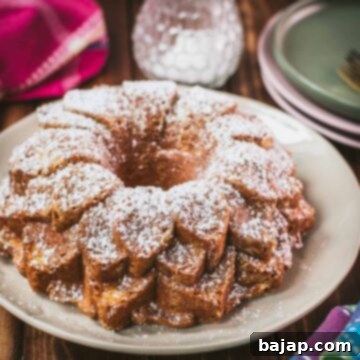
Six Egg Yolk Recipe for a Delicious Bundt Cake
Nora
Save RecipeSaved!
Pin Recipe
Equipment
-
Bundt cake pan
-
Hand or stand mixer with paddle attachment
-
Mixing bowls
-
Cooling Rack
Ingredients
- 1 cup Unsalted butter
- 1 cup Granulated sugar
- 6 Egg yolks
- 1 teaspoon Vanilla extract
- 1 ½ cups AP-Flour
- 1 teaspoon Baking powder
- ¼ teaspoon Salt
- ½ cup Milk
- Powdered sugar for dusting or a simple glaze
Instructions
-
Preheat your oven to 350°F (175°C) and grease and flour a bundt pan.
-
In a large mixing bowl, cream 1 cup Unsalted butter and 1 cup Granulated sugar together until light and fluffy, about 2-3 minutes.1 cup Unsalted butter, 1 cup Granulated sugar
-
Beat in 6 Egg yolks one at a time, ensuring each yolk is fully combined before adding the next. Mix in 1 teaspoon Vanilla extract until smooth.6 Egg yolks, 1 teaspoon Vanilla extract
-
In a separate bowl, whisk together 1 ½ cups AP-Flour, 1 teaspoon Baking powder, and ¼ teaspoon Salt.1 ½ cups AP-Flour, 1 teaspoon Baking powder, ¼ teaspoon Salt
-
Gradually add the dry ingredients to the butter mixture, alternating with ½ cup Milk. Start and end with the dry ingredients, mixing just until combined.½ cup Milk
-
Pour the batter into the prepared bundt pan, and smooth the top with a spatula.
-
Bake for 40-45 minutes for a bundt cake, or until a toothpick inserted into the center comes out clean.
-
Allow the cake to cool in the pan for 10 minutes. Then, turn it out onto a wire rack to cool completely.
-
Dust with Powdered sugar or drizzle with a glaze before serving, if desired.Powdered sugar
Nutrition values are estimates only, using online calculators. Please verify using your own data.

⛑️ Important Food Safety Considerations
Ensuring food safety is paramount when working with eggs and baking, particularly with recipes that feature raw or lightly cooked ingredients like egg yolks in some preparations. Always keep these guidelines in mind to protect yourself and your loved ones:
- Minimum Cooking Temperature: For any food containing raw eggs, especially if not consumed immediately, cook it to a minimum internal temperature of 165°F (74°C). This is crucial for killing harmful bacteria like Salmonella. For this bundt cake, baking thoroughly ensures safety.
- Prevent Cross-Contamination: Never use the same utensils, cutting boards, or dishes on cooked food that previously touched raw meat or eggs without thoroughly washing them first. This prevents the spread of bacteria.
- Hand Washing is Key: Always wash your hands thoroughly with soap and warm water before and after handling raw eggs, meat, or any unwashed produce.
- Avoid Extended Room Temperature Exposure: Do not leave perishable foods, including baked goods containing eggs or dairy, sitting out at room temperature for extended periods (generally no more than two hours). Promptly refrigerate leftovers to inhibit bacterial growth.
- Never Leave Cooking Food Unattended: Always supervise food when it’s cooking on the stovetop or in the oven to prevent overcooking or potential fire hazards.
- Choose High Smoke Point Oils: When frying or sautéing, use oils with a high smoke point to avoid creating harmful compounds and off-flavors. While not directly applicable to this cake, it’s a good general cooking practice.
- Ensure Good Ventilation: Always ensure good ventilation in your kitchen, especially when using a gas stove, to prevent the buildup of carbon monoxide and other fumes.
For more detailed and comprehensive information on safe food handling practices, please consult trusted resources such as Safe Food Handling – FDA.
